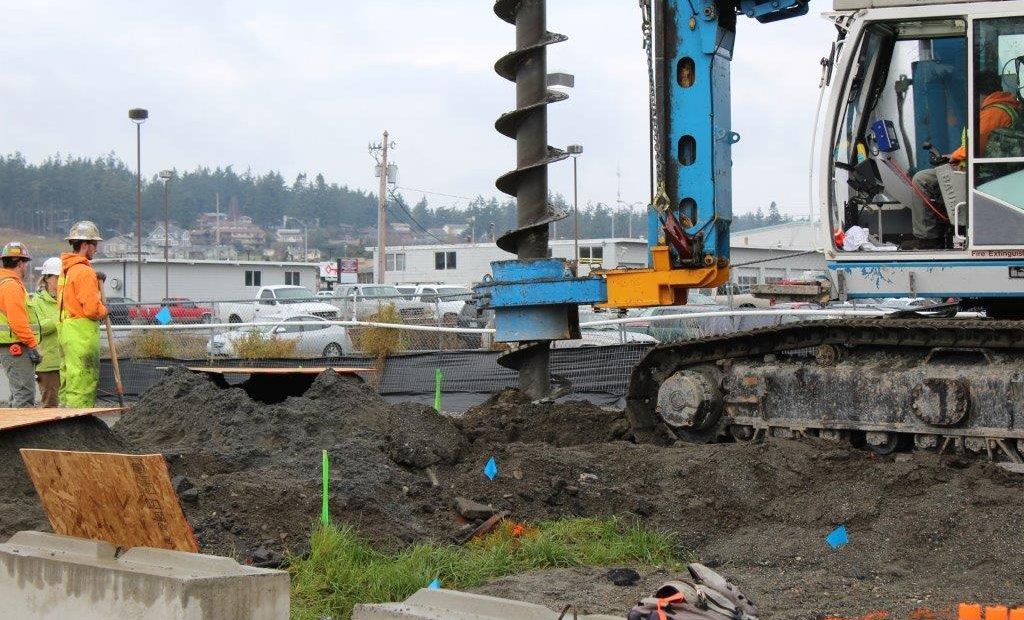
Construction of the Oak Harbor (Washington) Clean Water Facility is back on track after an archaeologist discovered ancient human remains at the site in December.
The Whidbey News-Times reports the discovery had little effect on the project as city officials had developed plans to handle such an event, coordinating with fellow government agencies and Native American tribes before breaking ground on the wastewater treatment plant.
“When we found something, everybody worked collaboratively and followed the work plans we have in place,” says city engineer Joe Stowell in the article.
A memorandum of agreement — signed by six tribes, the state Department of Ecology, the Environmental Protection Agency, the state Department of Archaeology and Historic Preservation, and the City of Oak Harbor — was reached before excavation began.
After the discovery, protocol required “focused excavation” to recover the remains, which was monitored by the Jamestown S’Klallam Tribe, Lummi Nation, Samish Indian Nation, Stillaguamish Tribe of Indians, Swinomish Indian Tribal Community, the Suquamish Tribe, Tulalip Tribes and Upper Skagit Indian Tribe. EPA representatives, the Department of Ecology and city officials were also present.
Although it took several weeks to coordinate, recovery of the remains was completed in one day. Meanwhile, work on the treatment plant continued in another area, reports the Whidbey News-Times.
Kelly Bush, president of Equinox Research (the firm hired by the city to monitor work at the site) told the newspaper a reburial plan will be developed between government officials and the tribes.
“The City of Oak Harbor recognizes our unique history … and the need to protect the cultural resources of the community,” says Mayor Bob Severns. “Recorded history dates back far before a formal city existed here, when American-Indian ancestors inhabited the same areas we use today for home and play. This rich history and ancestry must be formally recognized on project like the Clean Water Facility.”
Oak Harbor is located on Whidbey Island, about 90 miles north of Seattle.
Source: Whidbey News-Times





